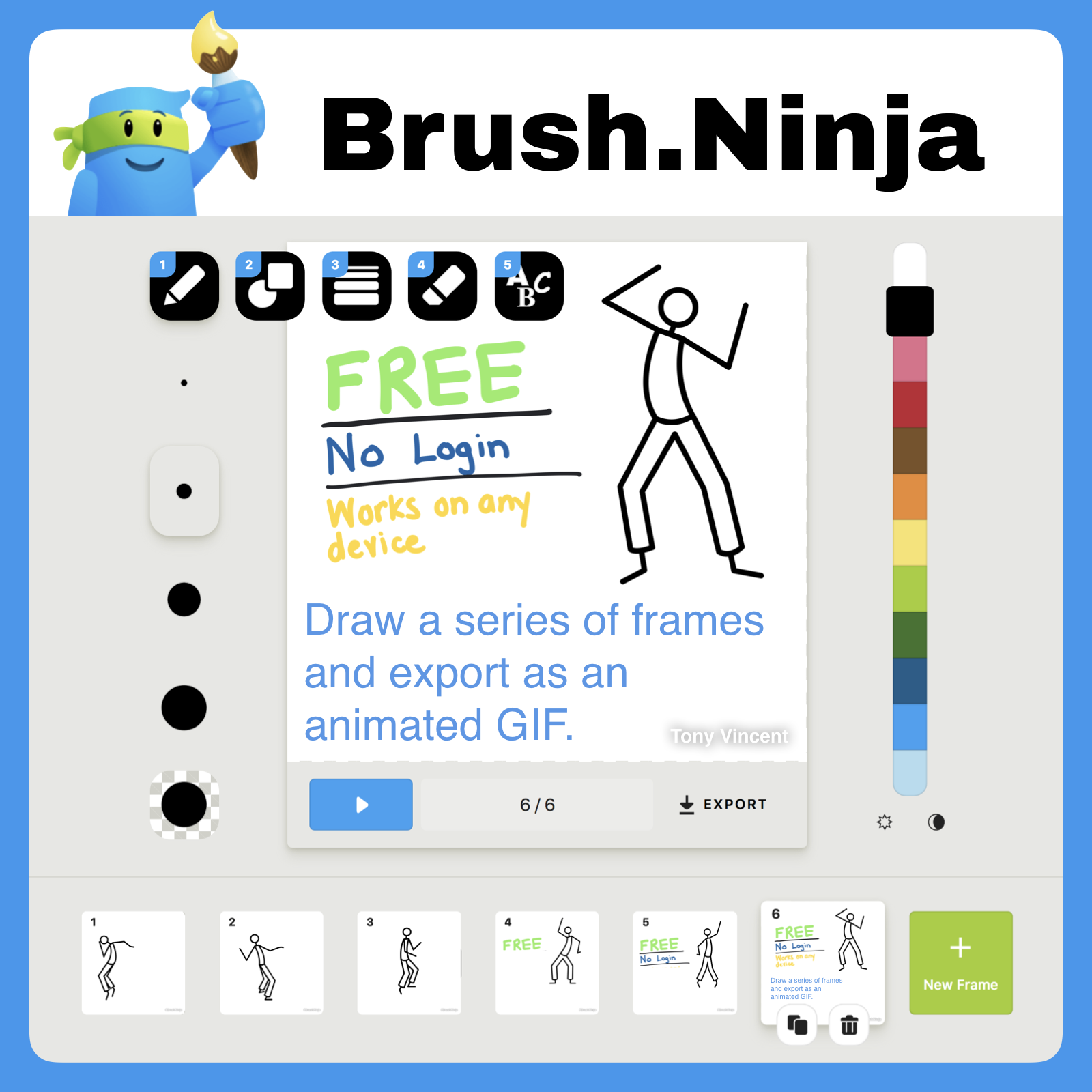
July 2022
Learning academic terms and phrases doesn’t have to be boring. In fact, learning new words should be exciting and fun! It’s time to start looking at digital ways to expand students’ vocabulary. Let’s explore apps and websites that are so irresistible, students can’t help but be motivated to learn. We’ll take a good look at representing words visually, creating multimedia, and playing games. Yes, the technology can be mesmerizing, but it’s important to use techniques and strategies proven to work. That’s why pairing technology with Robert Marzano’s Six Steps for Vocabulary Instruction is a powerful combination.
Dr. Robert J. Marzono's 6 Step Process for Teaching Vocabulary
You can use the Academic Word Finder to find high value words in pasted text.
Create a drag and drop chart with context sentences and illustrations as a way to introduce a set of vocab words. Copy this example in Google Drawings or PowerPoint.
Provide a description, explanation, or example of the new term.
Explain with Images
With a Google image search, you can find a picture to illustrate just about any vocabulary term.
You can highlight part of a photo in Google Slides by reducing brightness, duplicating, and cropping.
Explain with Maps
If there is a location associated with a vocabulary word, you can take students there with Google Maps or Google Earth.
Explain with Video
You can search YouTube for videos that can help explain a vocabulary term. You can filter a YouTube search to find playlists and to find videos shorter than 4 minutes.
Explain with Icons
You can download simple icons for free from The Noun Project. Educators can get a NounPro account for $20 a year.
Ask students to restate the description, explanation, or example in their own words.
Restate with Talking Pictures
Blabberize is a fun website for adding talking mouthes to photos. There is an education version you can try free for a week if you want students to create with Blabberize.
Voki is website for making talking cartoon characters.
ChatterPix Kids is a free iPad app. It’s easy to make a picture talk for up to 30 seconds
You can insert a photo in Google Slides or PowerPoint to create slides with an open and closed mouth. Then you can record your screen and microphone with Screencastify or QuickTime to make and share a video.
Ask students to construct a picture, pictograph, or symbolic representation of the term.
Show with Emojis
Constructing a representation of a vocabulary word using emojis can really make students think about the word and how to describe it using limited symbols. Use a mobile device's emoji keyboard and use Emojipedia.org or CopyPasteCharacter.com to copy emojis to use on a computer. Collect students' emoji representations in a Google Form or a Padlet wall.
Show with Pictures
Turn scribbles into drawings with AutoDraw. Students can construct a representation of a vocabulary word using AutoDraw’s clipart, drawing, and text tools.
Autodraw
Show with GIFs
Illustrate vocabulary with animated GIFs. You can search Google Images for GIFs. It may take some creative searching to find an appropriate GIFs. Read about using GIFs for learning on Meredith Akers’ website.
Engage students periodically in activities that help them add to their knowledge of the terms.
Engage with Similes and Metaphors
Stretch thinking about vocabulary by sharing similes and metaphors.
Engage with Video Making
Adobe Express is an easy way to make narrated slideshows.
Engage with Graphic Organizers
Using a structure like the Frayer Model can help students show what a word is by listing its essential and nonessential characteristics. Here's a Google Sheets template, PowerPoint template, and Google Slides template. You can give students the link so they can collaboratively work on the same document.
Periodically ask students to discuss the terms with one another.
Discuss with Text Messages
Create a screenshot of a mock text conversation using ifaketextmessage.com.
Discuss with Shades of Meaning
Students type a synonym or antonym into each box. Then move the words onto the scale, with the vocabulary word at the top. Placing words on the scale can lead to lots of discussion! You can get a copy of the Shades of Meaning Google Slides template or get a copy of the Shades of Meaning PowerPoint template.
Involve students periodically in games that enable them to play with terms.
Input words and definitions into Quizlet.com. Give students the URL to the set of words and Quizlet provides a variety of ways to interactive with the terms and definitions.
PurposeGames.com is another site for making matching and labeling activities. Simply upload an image and then add labels. The game is published as a web address that you can share so that others can try to click on the image in the correct spots.
Vortex from ClassTools is a way to make sorting games wit your own words.
Want to play Bingo? Generate Bingo boards with your vocabulary at bingobaker.com.
Input a set of words and definitions into crosswordlabs.com. You’ll get a URL you can share with students. They can complete the crossword on an iPad, Mac, PC, or Chromebook.
Play classroom Jeopardy with JeopardyLabs.com. Input questions and answers. Then display the board on your projector screen and play in teams.
An alternative to Kahoot is Quizizz.com. Quizizz display the question on each student's screen, but students complete the quiz at different times.
















